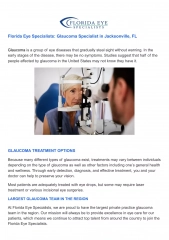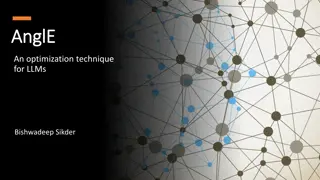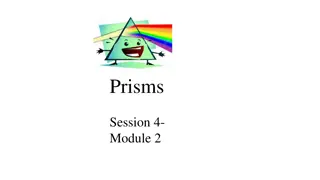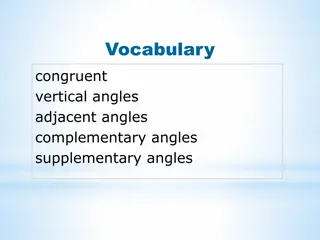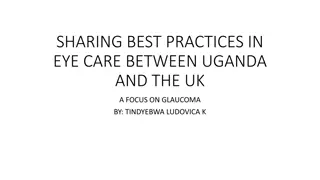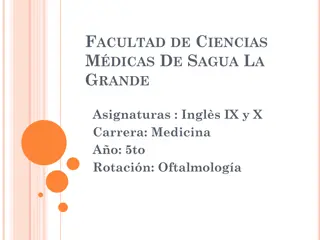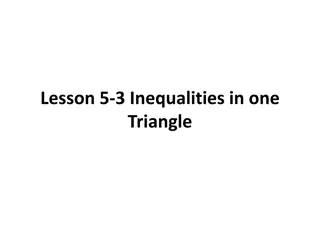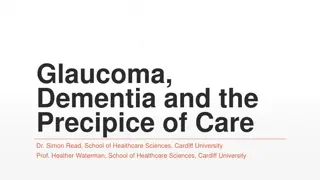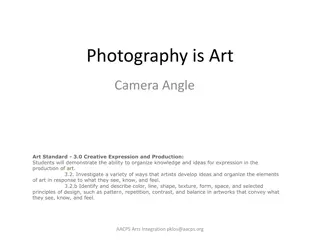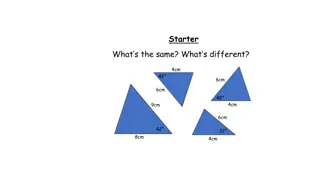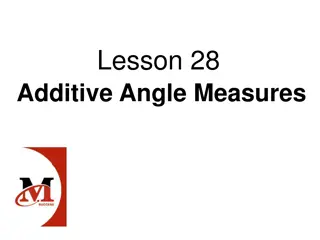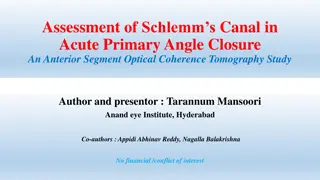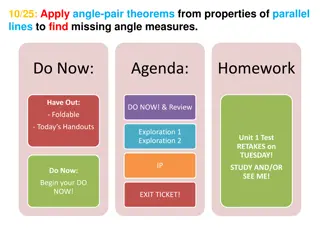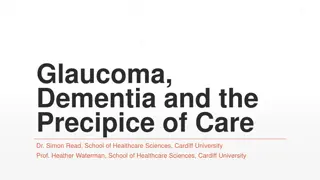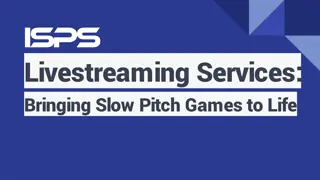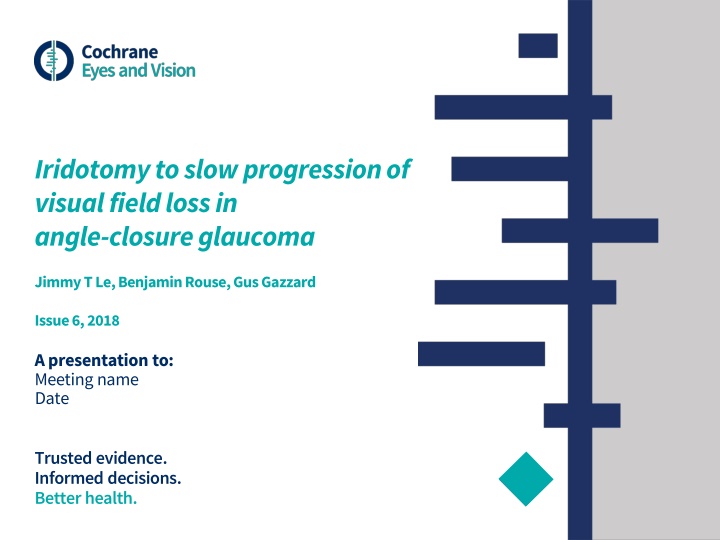
Iridotomy for Slowing Visual Field Loss in Angle-Closure Glaucoma | Study Review 2018
Explore the effects of iridotomy on primary angle-closure glaucoma through a study review. Assessing findings from randomized controlled trials, this review discusses outcomes, limitations, and the need for further research to draw definitive conclusions on the efficacy of iridotomy in slowing visual field loss.
Download Presentation

Please find below an Image/Link to download the presentation.
The content on the website is provided AS IS for your information and personal use only. It may not be sold, licensed, or shared on other websites without obtaining consent from the author. If you encounter any issues during the download, it is possible that the publisher has removed the file from their server.
You are allowed to download the files provided on this website for personal or commercial use, subject to the condition that they are used lawfully. All files are the property of their respective owners.
The content on the website is provided AS IS for your information and personal use only. It may not be sold, licensed, or shared on other websites without obtaining consent from the author.
E N D
Presentation Transcript
Iridotomy to slow progression of visual field loss in angle-closure glaucoma Jimmy T Le, Benjamin Rouse, Gus Gazzard Issue 6, 2018 A presentation to: Meeting name Date Trusted evidence. Informed decisions. Better health.
Table of Contents 01 Background 02 Typesof studies 03 Key results 04 Tables (Risk of Bias/Forest Plots) 05 Conclusions 06 Acknowledgements
01: Background Primary angle-closure glaucoma is a type of glaucoma associated with a physically obstructed anterior chamber angle. Elevated IOP is associated with glaucomatous optic nerve damage and visual field loss. Laser peripheral iridotomy (often just called iridotomy ) is a procedure to eliminate pupillary block by allowing aqueous humor to pass directly from the posterior to anterior chamber through use of a laser to create a hole in the iris. Objective To assess the effects of iridotomy compared with no iridotomy for primary angle-closure glaucoma, primary angle closure, and primary angle-closure suspects.
02: Types of studies Participants Two randomized controlled trials (RCTs) with 1251 participants (2502 eyes) with bilateral asymptomatic primary angle-closure suspects. Interventions 1. Neodynium:yttrium-aluminium-garnet (Nd:YAG) laser iridotomy in one randomly selected eye. 2. No iridotomy in the paired eye.
03: Key results At the time of this review, no data are available on the proportion of participants with progressive visual field loss at one year [or] on the mean change in IOP at one year [or] on gonioscopic findings at one year Neither the ANA-LIS nor the ZAP trial specified measuring need for additional surgery [or] measuring number of medications to control IOP [or] measuring change in BCVA [or] measuring quality of life
05: Conclusions The available studies that directly compared iridotomy to no iridotomy have not yet published full trial reports. At present, we cannot draw reliable conclusions based on randomized controlled trials as to whether iridotomy slows progression of visual field loss at one year compared to no iridotomy.
06: Acknowledgements Cochrane Eyes and Vision US Satellite, funded by the National Eye Institute, National Institutes of Health Cochrane Eyes and Vision Editorial Base, funded by the UK National Health Service Research and Development Programme Jimmy T Le, Benjamin Rouse, Gus Gazzard Review citation LeJT, RouseB, GazzardG. Iridotomy to slow progression of visual field loss in angle closure glaucoma. Cochrane Database of Systematic Reviews 2018, Issue 6. Art. No.: CD012270. DOI: 10.1002/14651858.CD012270.pub2.

